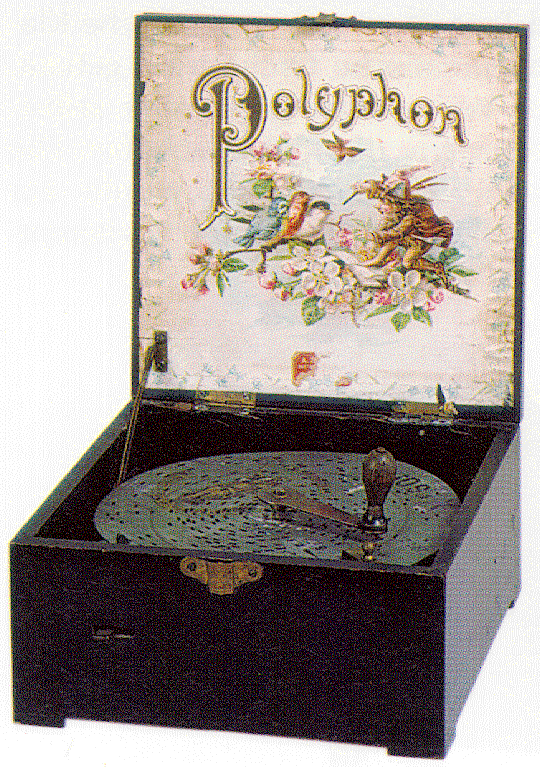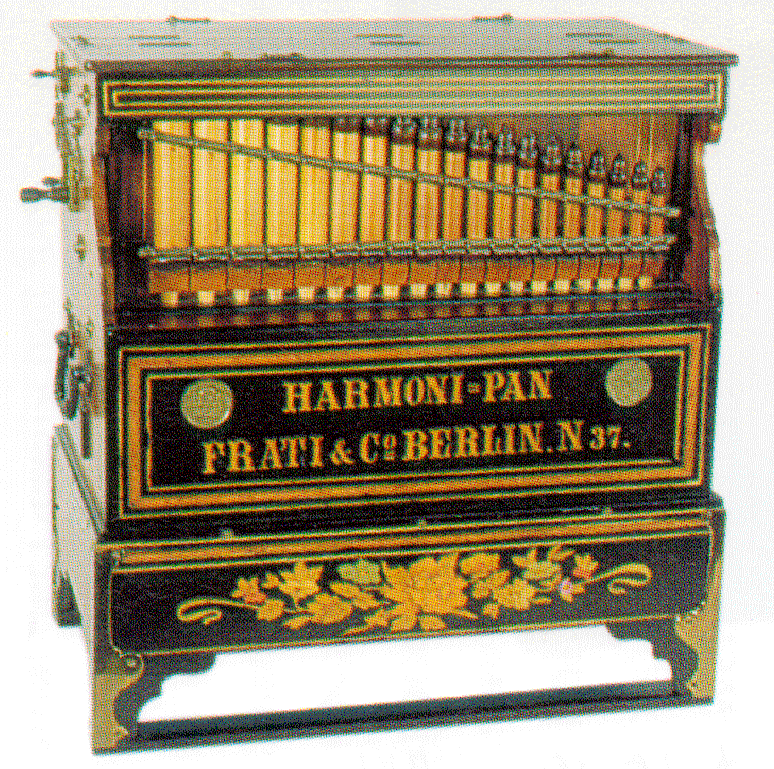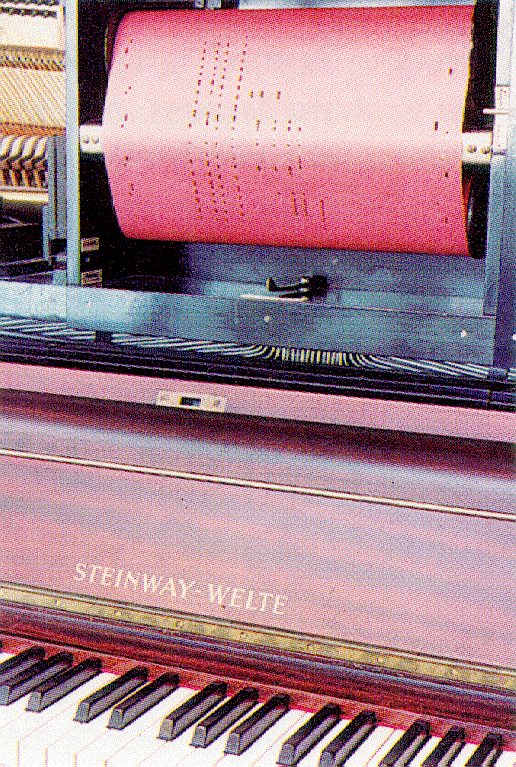Mechanical Musical Instruments
Clicking on the thumbnail pictures will give you a full screen photo!
History
Ever since musical instruments were invented, people have attempted to turn them into self-playing instruments. It was not so much a delight in technical gadgetry, but rather people's desire for music which was the motivating force behind this development. The oldest surviving mechanical musical instruments are the glockenspiels in the monumental clocks of the late Middle Ages. During the Renaissance Augsburg craftsmen created valuable music machines and self-playing spinets which were driven by means of pinned barrels.
Glockenspiel with pinned barrel, Geneva, before 1800.
In the 18th century the flute clock was invented, for which Haydn, Mozart and Beethoven wrote original compositions. The demands made on the technical and musical capabilities of self-playing instruments increased steadily, and at the beginning of the 19th century "mechanical musicians" such as Johann Nepomuk Mälzel created whole self-playing orchestras, the "orchestrions".
Black Forest flute clock with mechanical moving figures, ca. 1840.
At about the same time in Switzerland the musical-box was invented, consisting of a rotating brass barrel with pins which plucked the teeth of a sound-comb to make them sound. In the course of the Industrial Revolution it later became possible to manufacture devices more cheaply, thus making them accessible to everyone: the sales of the instruments called "Ariston" and "Herophon", which worked on the hurdy-gurdy principle and were controlled by perforated sheets of cardboard, ran into hundreds of thousands. They were succeeded around 1890 by disc musical boxes, the best-known makes being "Polyphon", Symphonion" and "Kalliope".
"Polyphon" music device, Leipzig, 1900.
With the introduction of pneumatic techniques at the end of the 19th century it became possible for the first time to manufacture self-playing pianos which allowed a satisfactory dynamic graduation. The pedal-driven "Phonolas" and "Pianolas" found a place in every respectable middle-class household.
Electric pianos and giant pneumatic orchestrions were constructed for guest-houses and dance-halls, and a self-playing violin hailed as the eighth wonder of the world sent music-lovers into raptures. The hand-driven barrel organ which was invented around 1700 was developed further into a fairground and dance organ with a considerable volume of sound.
Barrel-organ "Harmonipan", Berlin, ca. 1890.
In 1904 the firm Welte & Sons manufactured and sold the piano-playing device "Mignon", which made it possible for the first time to reproduce a pianist's playing, including all dynamic and agogic details.
Detail of a reproduction piano "Steinway-Welte", functioning by means of a perforated paper roll.
Many significant pianists and composers at the beginning of the century, among them Eugen d'Albert, Ferruccio Busoni, Ignaz Padarewski, Claude Debussy and Richard Strauss, made use of this medium in order to propagate their piano-playing as well as to reproduce and preserve for posterity interpretations of their own works. Since the 1920's composers have also recognized the boundless possibilities of self-playing pianos: Stravinsky, Hindemith and Toch created original compositions which were impossible to play by normal manual techniques. With the spread of the gramophone and the radio, mechanical musical instruments fell more and more into oblivion.
However, the highly individual compositions of the Mexican hermit Conlon Nancarrow led to a Renaissance of the self-playing piano, which today can be heard once more at many festivals of contemporary music.
Copyright © 1997-2005 Walter Tenten and GSMeV
Last update: April 17, 2005









